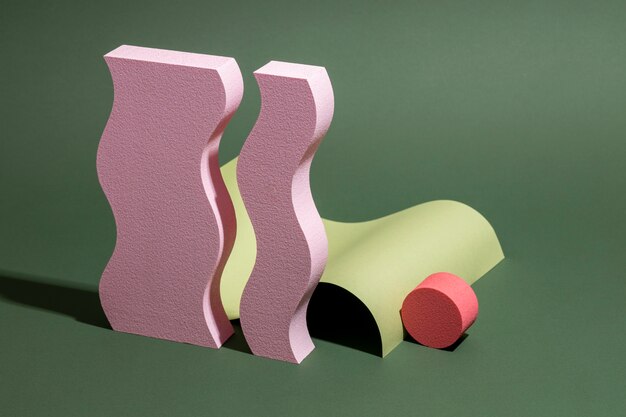Paper cores are long cardboard tubes with high resistance to pressures from the exterior. These tubes have circular cross-sections and are used in industries like packaging, textiles, and construction to protect materials during transportation and storage. Choosing a reputable supplier with quality cores can improve the efficiency of your company’s operations. Here are some of the differences between convolute wound and spiral wound paper tubes:
Understanding Convolute Wound Paper Cores
Convolute wound cores are cylindrical structures made by successively winding paper layers, one directly on top of the other. Convolute cores can be made by placing continuous paper sheets on a mandrel that rotates at high speeds. This manufacturing process produces a strong and homogenous tube that forms the basis of a wide range of rolled products.
As the paper rotates, a layer of adhesive is applied between the layers to confirm that they stick together. This procedure is repeated until the required wall thickness is attained. Layering the paper with the help of machinery results in a straight and sturdy core with effective crush responsiveness and load-carrying capability.
Understanding Spiral Wound Paper Cores
Spiral wound tubes benefit companies in the packaging industry because of their versatility in lighter-duty projects. These paper cores are used in dispensing plastic films, tapes, and other materials that need support. Spiral wound tubes are manufactured by wrapping paper strips at an angle to form a coiled pattern. This procedure requires the use of a rotating spindle, where different layers of paper are placed and attached with adhesive between them.
The structure of spiral wound cores allows them to stand on their own when loaded with materials. Spiral wound cores are ideal for storing and transporting delicate materials like fabrics, films, and papers. These cores can be made with varying lengths, diameters, and thicknesses depending on the material that needs to be supported.
Comparing Convolute and Spiral Wound Paper Cores
Understanding the differences between convolute and spiral wound cores enables you to make informed purchases for your operations. These two types of paper cores differ in their manufacturing processes, structural properties, and performance characteristics. These are some of the key differences between the core types:
Production Process
Convolute wound core manufacturing produces a smooth and compact structure throughout all the layers. The paper strip is orientated to the axial direction of the mandrel, leading to a uniform wall thickness and density. Spiral wound cores are produced using helical winding while changing the angle of the wind, resulting in a more flexible paper tube.
Surface Quality
In convolute wound cores, the parallel paper layers create smooth and relatively uniform surfaces. This smooth surface is beneficial for loading products where no surface unevenness can be tolerated, such as premium quality printing papers. Spiral wound cores have a texturized surface due to the spiral seam. This structure offers more surface contact area, which may be preferable for specific forms of winding operations, like holding adhesive tapes.
Uniformity and Thickness
The winding process of spiral wound cores may create slight differences in the thickness of the walls. These differences are minor and can be regulated based on various manufacturing processes. The ability to adjust the winding angle contributes to improved control over core thickness and other properties when needed.
Convolute wound cores have uniform wall thickness along the length of the product. The structural strength that comes with uniform thickness makes these cores suitable for transporting items that require even, rigid support. Some industries that mandate product standardization, including textile production and precision printing, use convolute cores to retain the quality of their goods.
Longevity
The stacked design of convolute wound cores provides better crush resistance and radial strength. Due to the parallel winding, the forces on the core can be evenly distributed, which is ideal for carrying significant amounts of load. Spiral wound cores are less resistant to crushing force, proving to be more flexible but resistant to bending. The direction of the helix also provides flexibility while maintaining structural stability.
Invest in Quality Paper Cores
Investing in quality paper cores can help you improve your business’s production processes and support product integrity. A reputable supplier offers diverse core options, allowing you to select the most suitable type for your application. They also provide professional advice, guiding you through the core selection process based on your requirements. Contact a reputable supplier today to order custom paper tubes.
Read more
